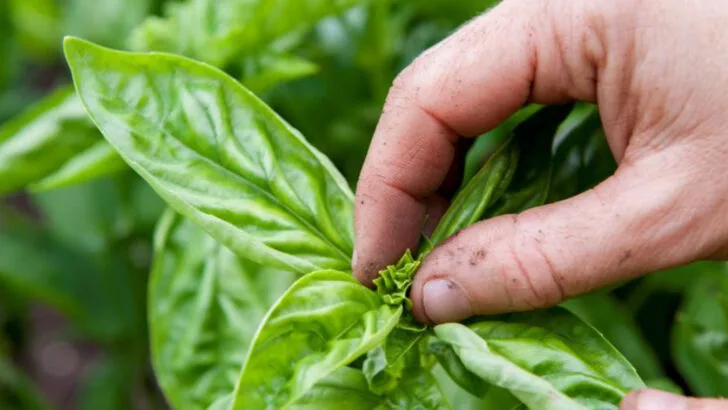If your basil plant looks amazing one day and completely wilted the next, you’re not alone. Basil is one of the most beloved herbs for a reason—it’s fragrant, flavorful, and easy to grow… in theory. But even experienced plant lovers find themselves asking: Why does my basil keep dying?
At Plantisima, we know how frustrating it is to give a plant your attention—sun, water, care—and still end up with drooping stems and crispy leaves. Basil is surprisingly sensitive to things like overwatering, poor drainage, or even the wrong kind of sun. What looks like a healthy plant can quickly take a turn if you miss one subtle clue.
In this article, we’ll reveal 18 surprising (and totally fixable) reasons your basil is struggling, from root rot to hidden pests and timing mistakes you didn’t know mattered. If you want lush, thriving basil that actually makes it to your plate—this guide is the missing piece.
Overwatering Woes

Basil loves moisture, but not too much. Overwatering is a common mistake that leaves roots suffocating and leaves yellowing. Checking the soil is vital; it should be slightly damp, not soggy. Consider using a pot with drainage holes to prevent drowning. Let the top inch of soil dry out before watering again. Seasoned gardeners know that every plant’s water needs vary with weather conditions and pot size. A quirky tool like a moisture meter might become your new best friend.
Underestimating Sunlight
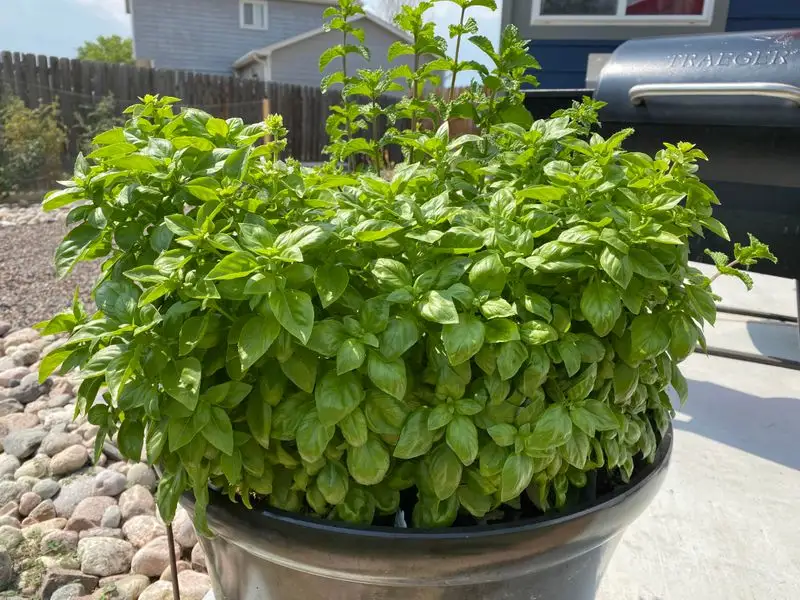
Basil reaches for the sun like a sunflower in pursuit of light. Neglecting its love for sunlight results in leggy, weak stems. Ideally, basil craves at least six to eight hours of sunlight daily. If natural light is scarce, consider grow lights as an alternative. Space constraints in apartments can pose a challenge, but creative setups using south-facing windows can work wonders. A sun-kissed spot rewards you with robust, aromatic leaves. Think of basil as your sun-loving companion.
Ignoring Soil Quality
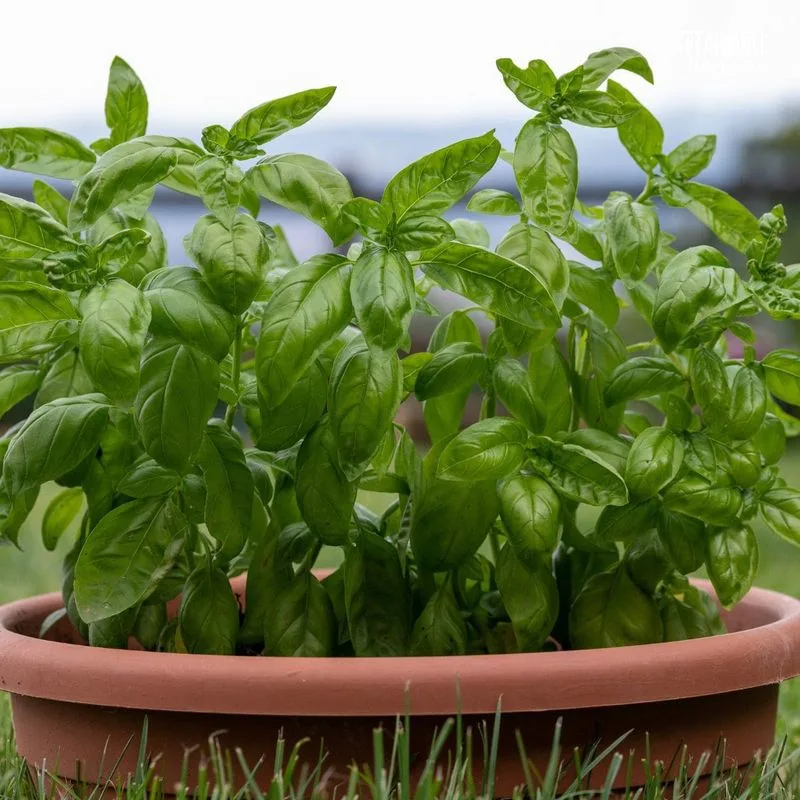
The foundation of any thriving plant lies in the soil. Basil is no exception; it flourishes in well-draining soil rich in organic matter. Ignoring this need invites stunted growth. A mix of potting soil with compost or natural fertilizers can enhance its growth environment. Regularly checking and replenishing soil nutrients can be a game-changer. Imagine your basil enjoying a nutrient-rich buffet, rewarding you with lush growth and fragrant leaves. Skimp on soil quality, and the plant might sulk.
Temperature Troubles
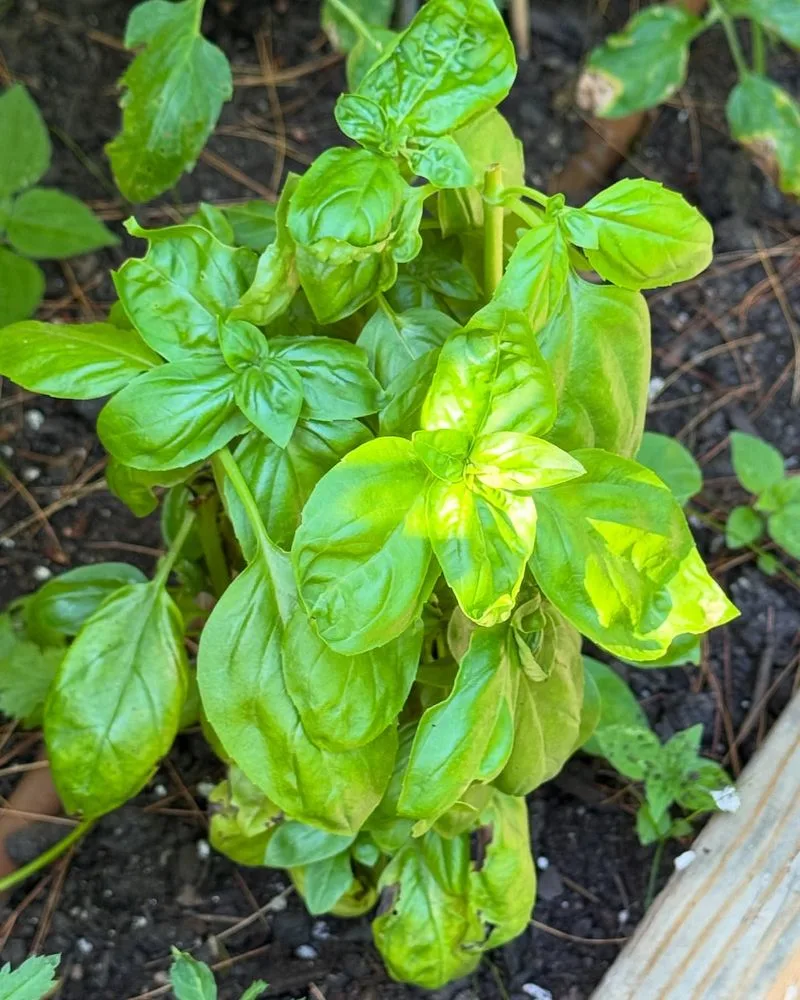
Basil is a fair-weather friend, thriving in temperatures between 70-90°F. Exposure to cold drafts or frost spells doom. If temperatures plummet, consider relocating indoors or covering plants during chilly nights. Urban gardeners might opt for balcony gardening, ensuring warmth and shelter. Basil’s tropical origins mean it shivers in the cold. Keeping an eye on weather forecasts ensures your herb remains cozy and content. Ideal conditions can keep your basil flourishing happily.
Neglecting Pruning

Pruning might sound daunting, but it’s essential for a bushy basil plant. Allowing basil to flower diverts energy away from leaf production. Snipping off flower buds encourages vibrant, leafy growth. Regular pruning also helps manage pests and diseases by improving air circulation. A pair of sharp scissors and a little courage can transform your plant. Remember, each cut paves the way for a more vigorous basil. Visualize your thriving plant, thanks to a few strategic snips.
Pest Party
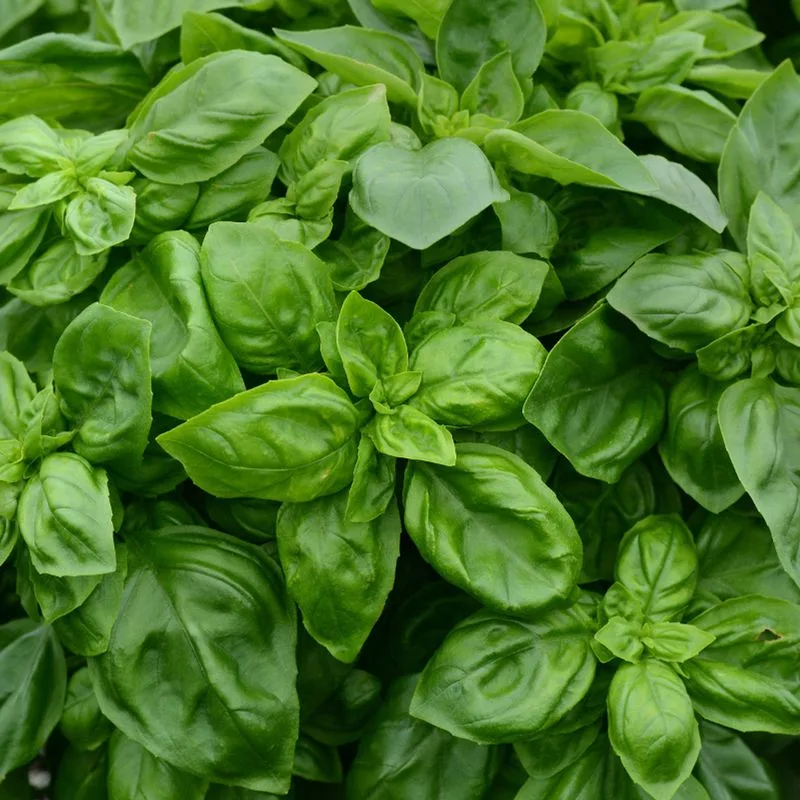
In the eyes of aphids and spider mites, basil is a delectable feast. An infestation can quickly turn leaves into Swiss cheese. Vigilance is key; regularly inspect your plant’s underside for signs of pests. Natural remedies like neem oil or introducing ladybugs can deter unwanted visitors. Maintaining good air circulation and avoiding overcrowding also keeps pests at bay. Imagine your basil as a fortress, defending itself against tiny invaders. A healthy plant resists pests naturally.
Fungal Fears
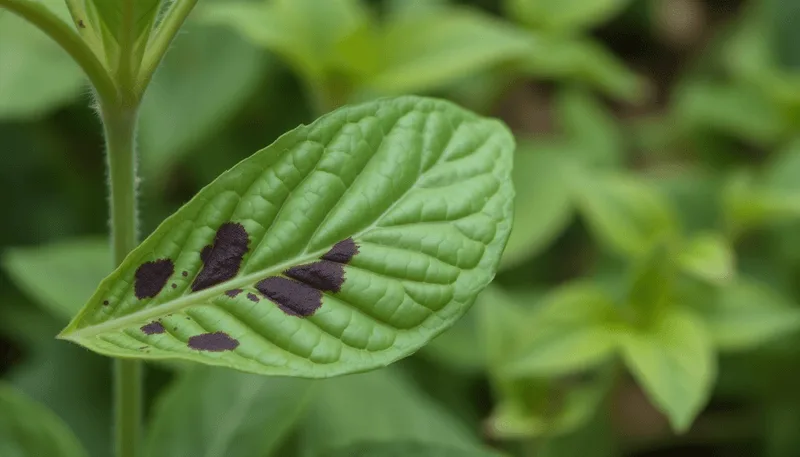
Fungus doesn’t discriminate and can strike without warning. Black spots or powdery mildew are ominous signs. Overhead watering and crowded foliage encourage fungal growth. Switching to drip irrigation or watering at the base can minimize risk. Choose a sunny, airy spot for your basil and remove any infected leaves promptly. A vigilant approach keeps fungi at bay, ensuring your basil’s vigor. Picture your green sanctuary, free from fungal woes, flourishing under your care.
Crowding Concerns
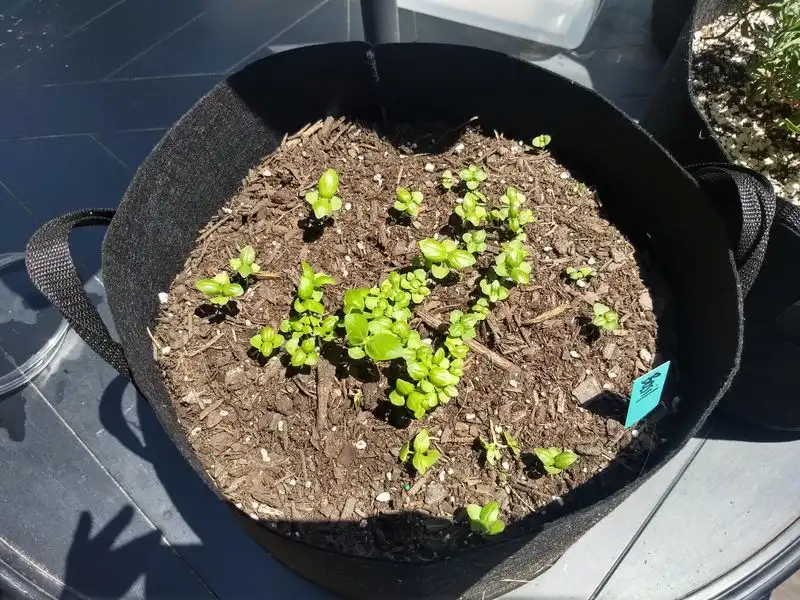
Basil craves space to spread its roots and bask in the sun. Overcrowding leads to competition for nutrients and light, resulting in unhealthy plants. If your basil feels claustrophobic, consider repotting or spacing them out. Companion planting with other herbs in a larger container can offer both beauty and practicality. A well-spaced garden allows each basil plant to thrive individually. Visualize a harmonious herb garden, where each plant has its own corner to grow.
Nutrient Neglect
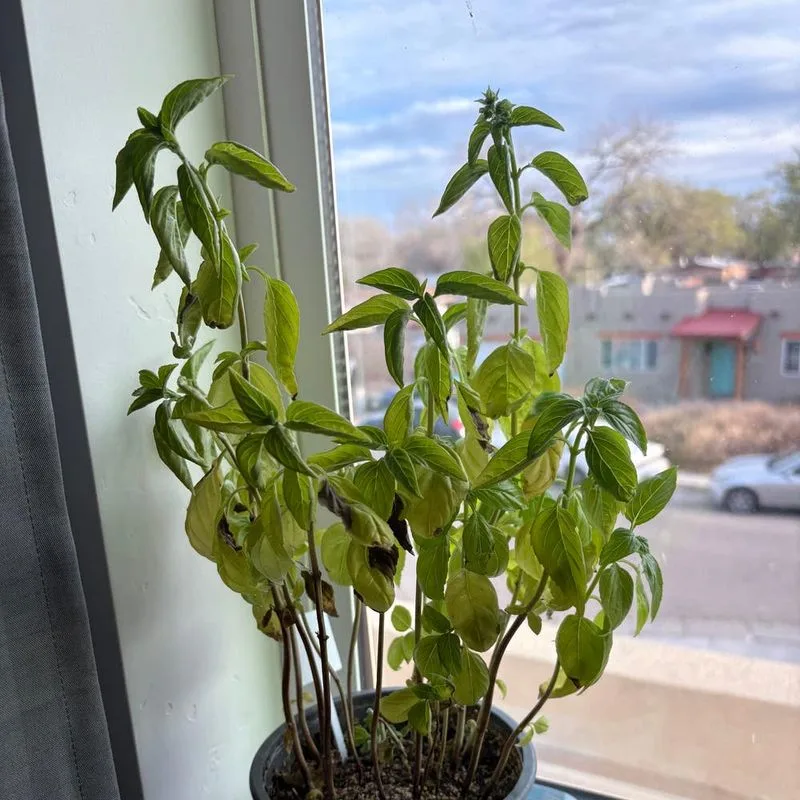
Every plant needs a balanced diet, and basil is no different. Yellow leaves often signal nutrient deficiencies. Regular feeding with a liquid fertilizer can keep your plant nourished. Whether it’s nitrogen, phosphorus, or potassium, each plays a critical role in basil’s health. A routine feeding schedule ensures lush, vibrant growth. Think of your basil enjoying a constant buffet of nutrients, translating into aromatic, flavorful leaves. Don’t let your basil beg for its next meal.
Ignoring Pot Size
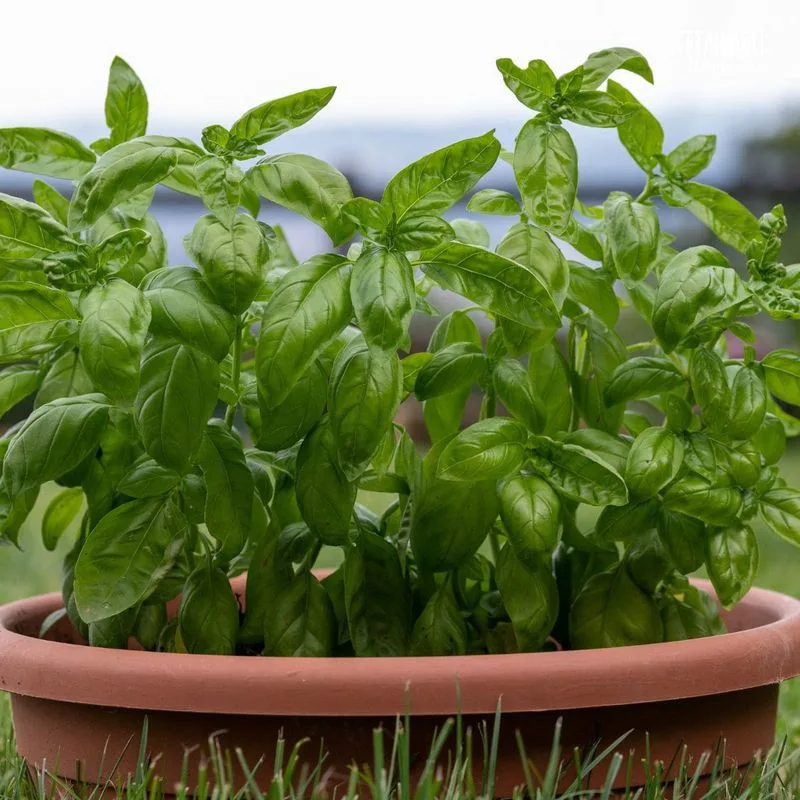
A cramped home can stunt basil’s growth. As roots outgrow their pot, they struggle to draw nutrients and water. Repotting into a larger container can make all the difference. Selecting a pot with adequate drainage helps avoid waterlogging. A thriving basil plant needs room to stretch its roots. Gardeners often overlook this simple yet impactful change. Envision your basil luxuriating in its spacious new pot, flourishing with vigor and vitality. Pot size matters in plant happiness.
Improper Watering Technique
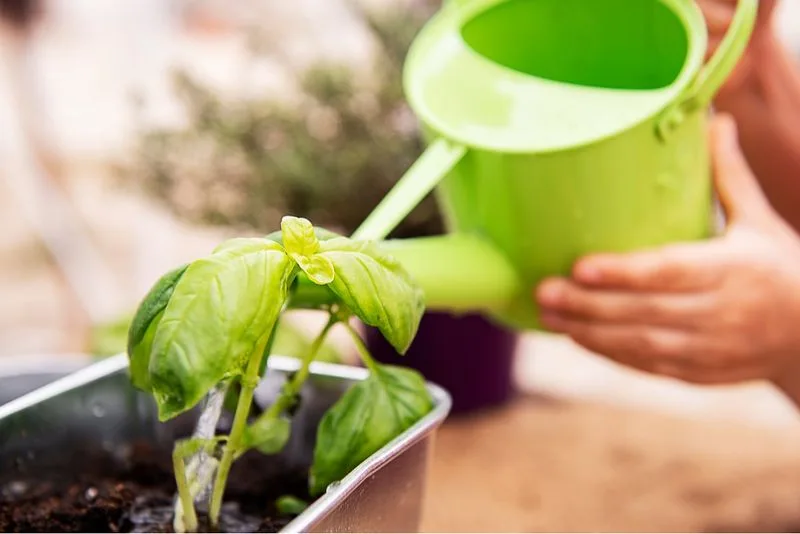
Where and how you water matters to basil. Pouring directly onto leaves can lead to fungal issues. Water at the base, allowing it to soak in slowly. Observing the soil’s moisture level helps tailor your watering schedule. A consistent approach keeps your basil healthy and hydrated. Imagine each watering session as a nurturing ritual, where your plant receives exactly what it needs. Avoiding common watering pitfalls ensures a robust, flourishing basil plant.
Ignoring Indoor Humidity
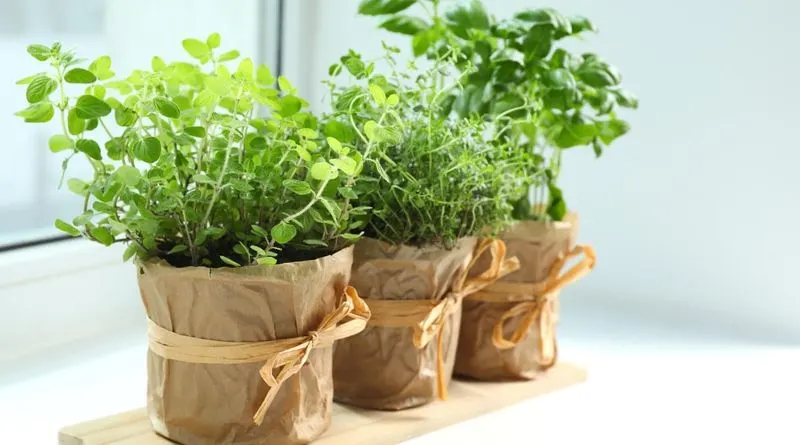
Basil thrives in higher humidity levels, which indoor environments often lack. Dry air can lead to browning leaf tips and an unhappy plant. Increase humidity by misting or placing a tray of water nearby. Grouping plants together can also create a mini microclimate. Consider this a way to pamper your basil, mimicking its natural habitat. Urban gardeners can employ humidifiers for optimal conditions. Picture your basil basking in a moisture-rich environment, looking fresh and vibrant.
Unanticipated Transplant Shock
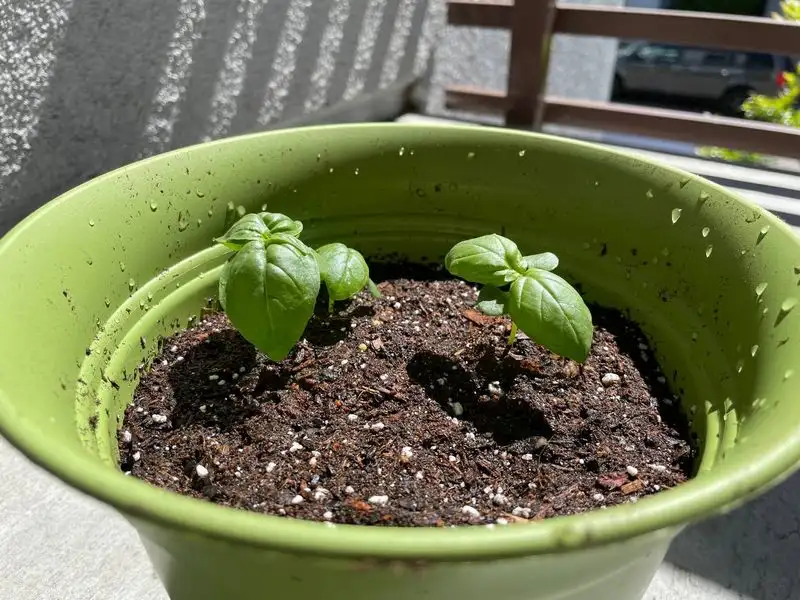
Transplanting can be a stressful event for basil. Roots need time to adjust to new surroundings. Watering immediately after planting can help ease the transition. Ensuring the new location mimics the old one’s light and temperature reduces shock. A gentle approach to handling roots minimizes damage. Imagine your basil settling into its new home with ease and grace. A little patience and care soon rewards you with a thriving, well-adjusted plant. Transplants don’t have to be traumatic.
pH Balance Ignorance
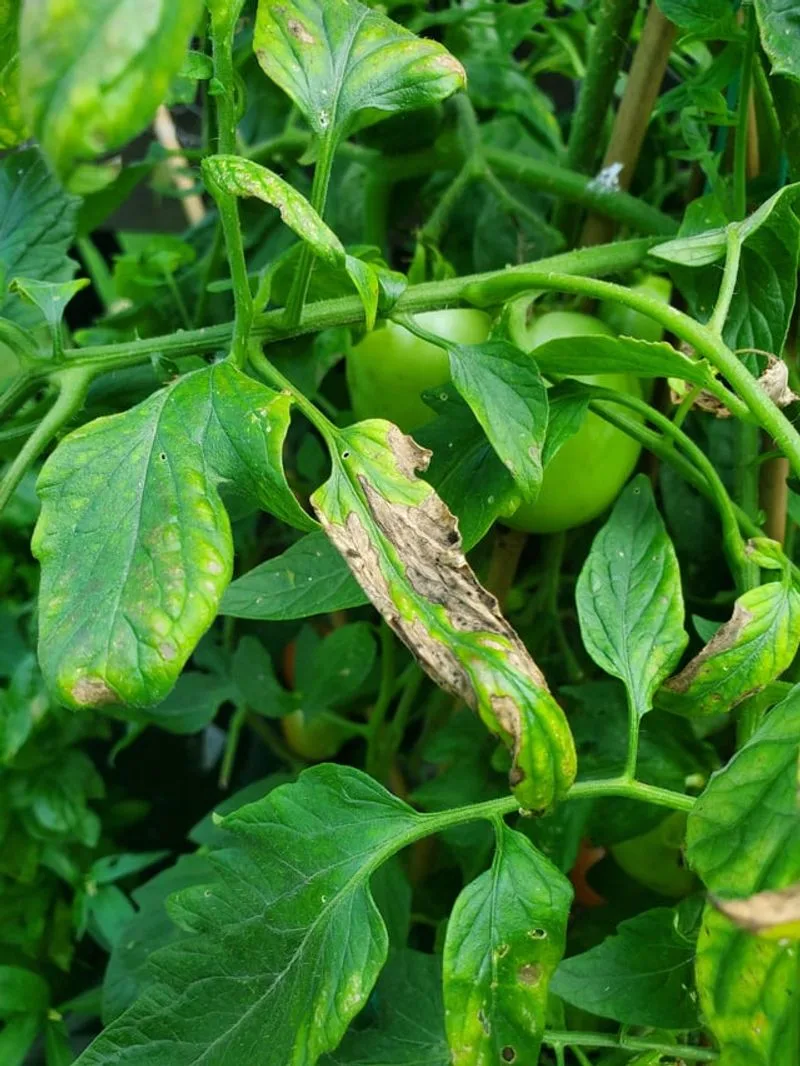
Basil requires a pH range between 6.0 and 7.5 for optimal growth. Soil that’s too acidic or alkaline can cause nutritional imbalances. Using a simple pH test kit helps monitor and adjust soil pH levels. Lime or sulfur can amend the soil to reach desired conditions. Understanding your soil’s makeup can be a game-changer for health and vitality. Think of pH as a secret ingredient in your basil care routine. Mastering it can lead to a vibrant, productive plant.
Over-fertilization Follies
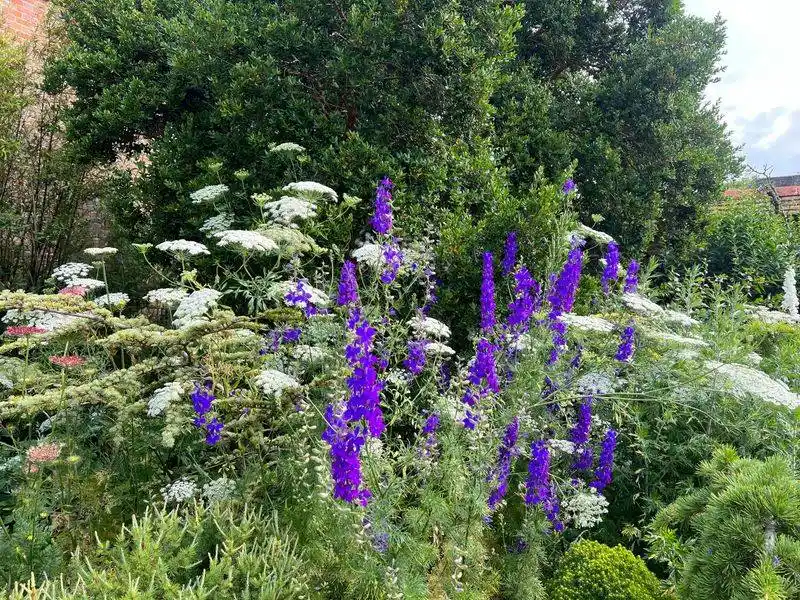
Less can be more when it comes to fertilizing basil. Over-fertilization leads to burnt leaf tips and weakened plants. Sticking to the recommended amount on labels prevents nutrient overload. A balanced approach ensures all nutrients are available without excess. Regular soil tests can guide your fertilizing habits. Visualize your basil flourishing without the burden of too much fertilizer. Healthy growth emerges from moderation, not excess.
Cultural Misunderstandings

Basil enjoys companionship but not all plant neighbors are friendly. Nearby mint, for example, can hinder growth. Understanding which plants complement basil and which don’t is crucial. Good companions like tomatoes or peppers can enhance growth. Poor companions might stunt basil’s development. Picture a well-planned garden where each plant supports the next. Pairing basil with compatible neighbors ensures harmony and health.
Ignoring Seasonal Changes

Seasonal shifts can impact basil significantly. As cooler months approach, growth slows. Bringing outdoor basil inside can extend its life. Adaptation to indoor conditions like lighting and humidity is vital. Seasonal awareness allows for timely adjustments to care routines. Think of it as a dance with nature, where understanding the seasons leads to a thriving plant. Your basil’s vitality depends on adjusting with the time of year.
Lack of Passion
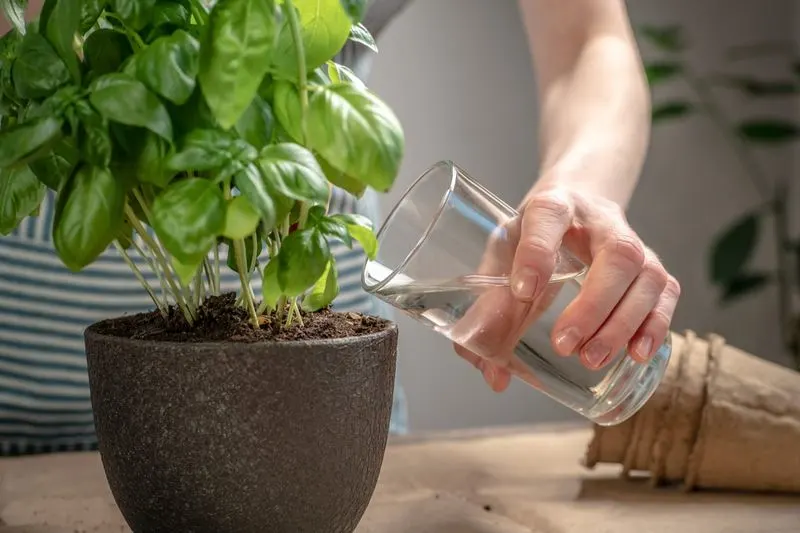
Basil rewards attention and care. A lack of enthusiasm in nurturing it can lead to neglect. Regularly checking for water, pests, and overall health keeps it vibrant. Engaging with your basil offers insights into its needs. Picture a relationship where both you and your plant thrive from mutual attention. A little love goes a long way in maintaining a healthy basil plant. Remember, passion fuels results.

